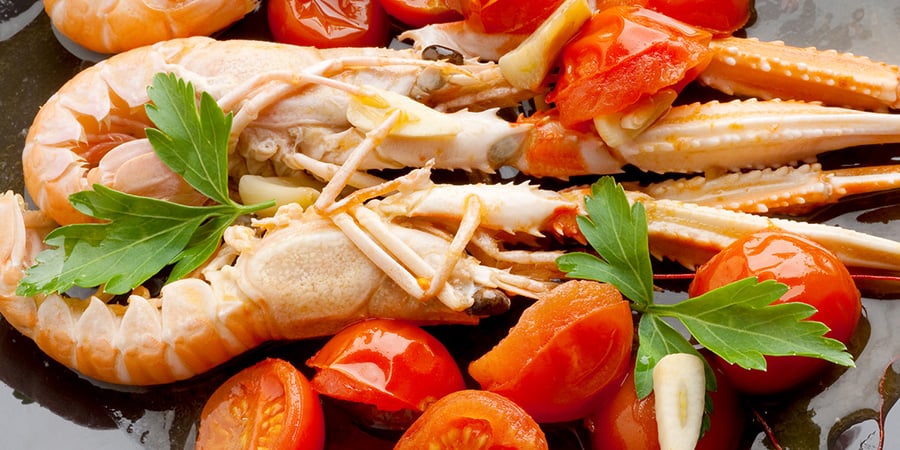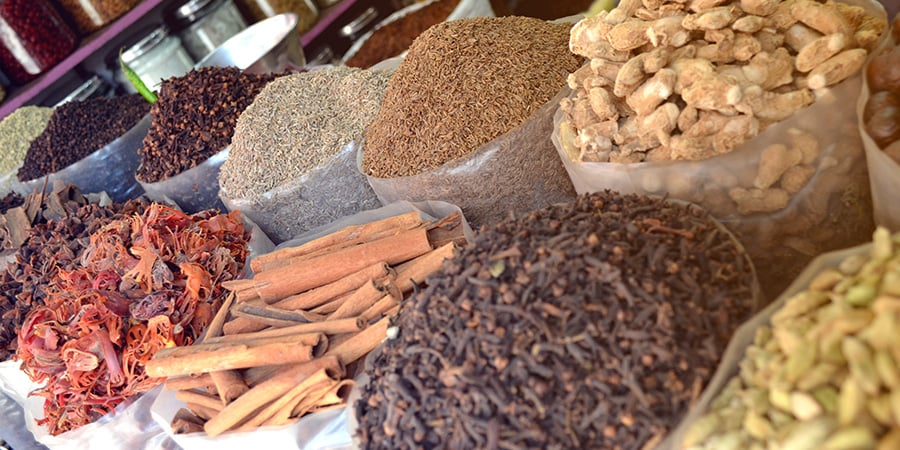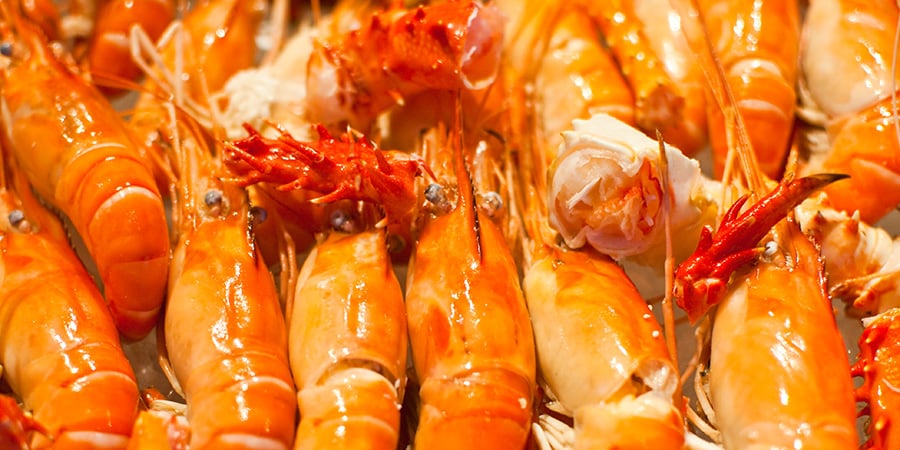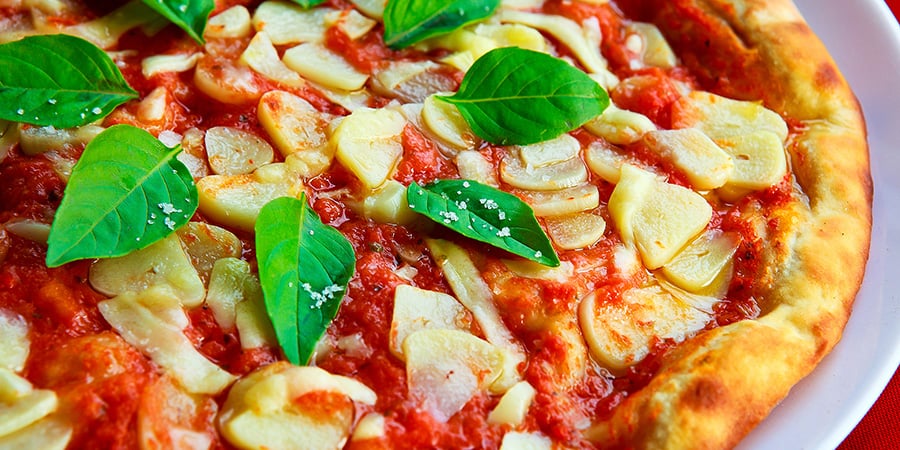It’s a long way, of course, from that primitive repast to preparing a multi-course meal on your kitchen stove, or sticking a quick snack into the microwave. But without our early ancestors’ innovation, you might not be here now to enjoy that broiled chicken breast and side of sweet-potato fries. Cooking, some scientists believe, played a crucial role in the evolution, survival and ascent of early humans, helping to transform them from a ragged, minuscule fringe of struggling hunter-gatherers into the animal that dominates the planet. Moreover, since then cooking has continued to exert a powerful influence upon human civilization in numerous ways—not just by filling our bellies, but by helping to nourish the culture and rituals that form humanity’s social nature.
Early humans may have been motivated by a simple benefit. When food was cooked, it probably tasted better to them. But Harvard University professor of biological anthropology Richard Wrangham, author of the book Catching Fire: How Cooking Made Us Human, argues that cooking had far more profound benefits for humans. By using heat to chemically alter their food, human cooks softened the cell walls of plants to enable them to release their stores of starch and fat, and broke down the connective tissue in meat, making its nutrients more accessible as well. As a result, they got a greater caloric payoff from their food; a cooked portion of oats, wheat or potatoes provided 30 percent more energy than the raw stuff.
As a result, Wrangham and others believe, human ancestors were able to consume enough energy to fuel the evolutionary development of successively larger brains. At the same time, because they didn’t need big guts to digest all that raw stuff, their body shape evolved to become more slim and lithe. And by cooking and making their food easier to chew, they avoided having to spend four to seven hours a day on mastication, as other great apes have to do. That freed up enormous amounts of time that they could use for other purposes, such as learning and developing language.




